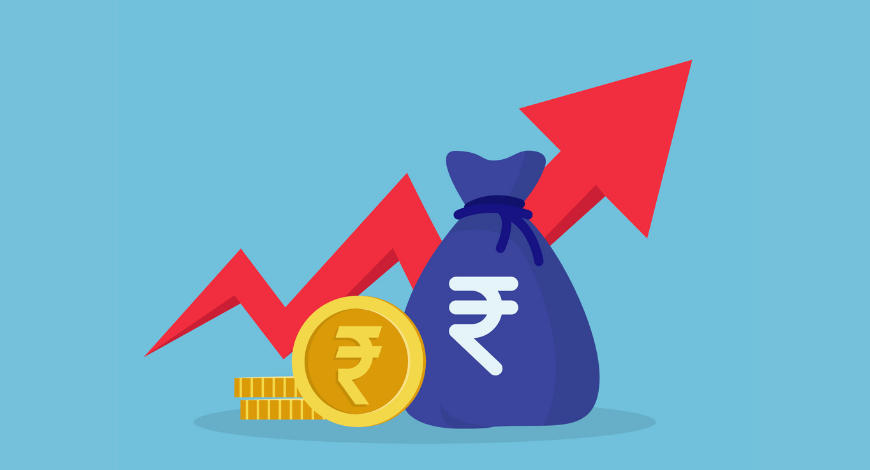India’s journey towards becoming a developed economy by 2047 has gained momentum, with a recent study conducted by SBI Research economists projecting a remarkable increase in per capita income. The study suggests that India’s per capita income is poised to surge by 7.5 times, from Rs 2 lakh ($2,500) in FY23 to Rs 14.9 lakh ($12,400) per annum by FY47. Prime Minister Narendra Modi has emphasized this objective, aiming to turn the vision of a developed India into a reality by 2047.
Positive Growth Trajectory
The study by SBI Research underscores the immense growth potential in India’s economy in the coming decades. This growth is attributed to several factors, including the country’s transition from a lower-income group to an upper-income group economy and the positive impact of tax buoyancy. Notably, the formalization of the economy through initiatives like the Goods and Services Tax (GST) and the UDYAM portal for Micro, Small, and Medium Enterprises (MSMEs) has played a pivotal role in enhancing income tax returns.
Tax Filers and Income Brackets
The study highlights a significant surge in the number of tax filers over the years. The number of tax filers has surged from 2.1 million in FY13 to a remarkable 85 million in FY23. Projections indicate that this number could reach an impressive 482 million by FY47. As a result, the proportion of the taxable workforce is anticipated to increase from 22.4% in FY23 to 85.3% by FY47. Moreover, the study predicts a notable decline in the number of individuals filing zero tax returns, indicating a shift towards higher income brackets.
Shifts in Income Brackets
An intriguing trend observed over the years is the shift in income brackets. Between FY11 and FY22, there has been a noticeable movement of individuals out of the lowest income group (below Rs 5 lakh) and into higher income brackets. Specifically, 13.6% of individuals moved out of the lowest bracket, with 8.1% entering the Rs 5-10 lakh group and 3.8% moving into the Rs 10-20 lakh bracket.
Regional Distribution and Migration
The study identifies that a significant proportion of tax returns, nearly half, are filed by individuals in five states: Maharashtra, Uttar Pradesh, Gujarat, Rajasthan, and West Bengal. Migration also emerges as a contributing factor to economic growth. The study indicates that migrating populations have contributed between 0.5% to 2.5% of the Gross State Domestic Product (GSDP) in various states. Furthermore, six states have benefited from net positive migration, with the overall advantages of migration outweighing any potential negative impacts on select states’ GSDP.
Find More News on Economy Here



 Indian Olympic Medal Winners List Till N...
Indian Olympic Medal Winners List Till N...
 Who is the Inventor of the Gramophone?
Who is the Inventor of the Gramophone?
 HS Dhaliwal Appointed New DGP Of Andaman...
HS Dhaliwal Appointed New DGP Of Andaman...
